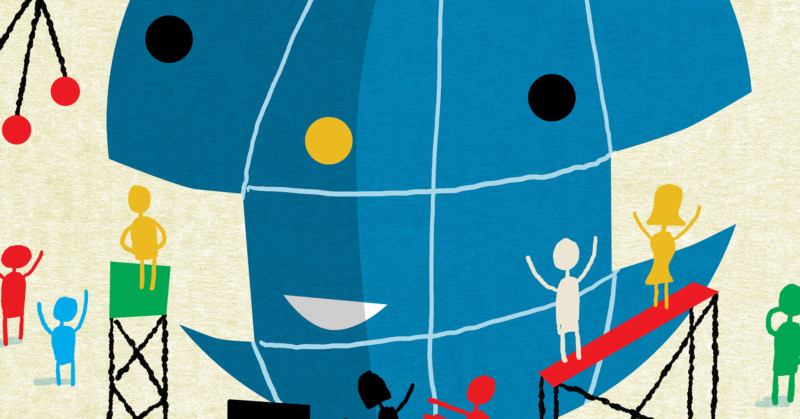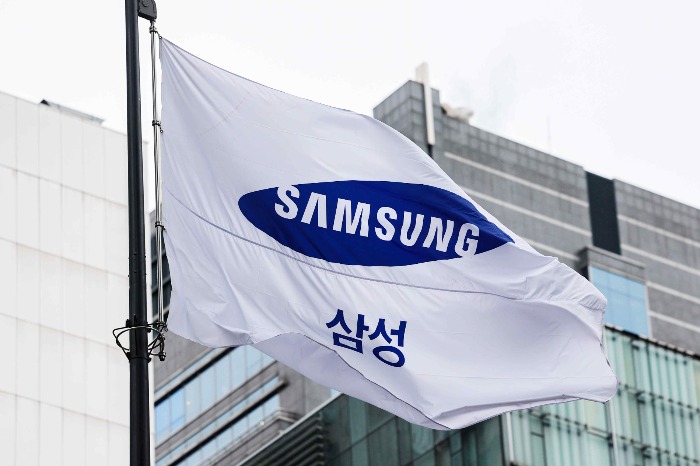
Building a More Honest Internet
O ver the course of a few short years, a technological revolution shook the world. New businesses rose and fell, fortunes were made and lost, the practice of reporting the news was reinvented, and the relationship between leaders and the public was thoroughly transformed, for better and for worse. The years were 1912 to 1927 and the technological revolution was radio.
Radio began as bursts of static used to convey dots and dashes of information over long distances. As early as 1900, sound was experimentally broadcast over the airwaves, but radio as we know it—through which anyone with an AM receiver can tune in to hear music and voices—wasn’t practical until 1912, when teams around the world independently figured out how to use the triode vacuum tube as an amplifier. In the years that followed, three countries—the United States, the United Kingdom, and the Soviet Union—developed three distinct models for using the technology.
In the US, radio began as a free-market free-for-all. More than five hundred radio stations sprang up in less than a decade to explore the possibilities of the new medium. Some were owned by radio manufacturers, who created broadcasts so they could sell radio receivers; others were owned by newspapers, hotels, or other businesses, which saw radio as a way to promote their core product. But 40 percent were noncommercial: owned by churches, local governments, universities, and radio clubs. These stations explored the technical, civic, and proselytizing possibilities of radio. Then came 1926, and the launch of the National Broadcasting Corporation by the Radio Corporation of America, followed in 1927 by the Columbia Broadcasting System. These entities, each of which comprised a network of interlinked stations playing local and national content supported by local and national advertising, became dominant players. Noncommercial broadcasters were effectively squeezed out.




















